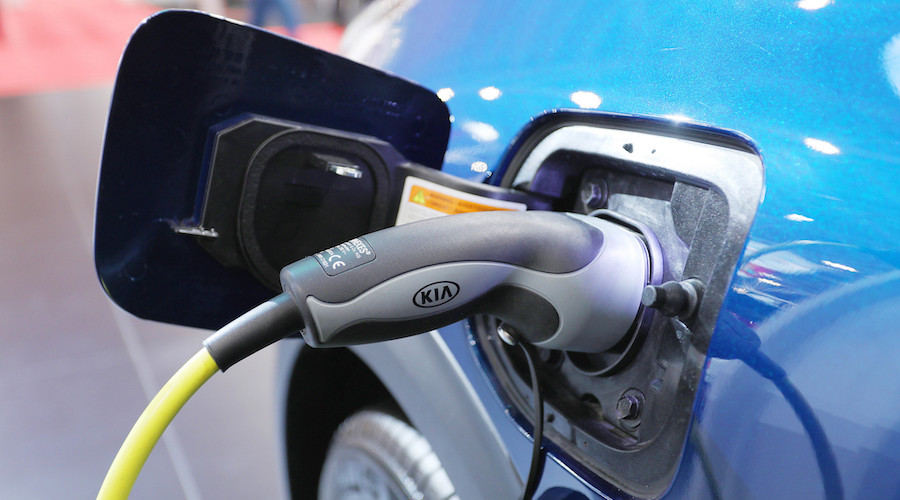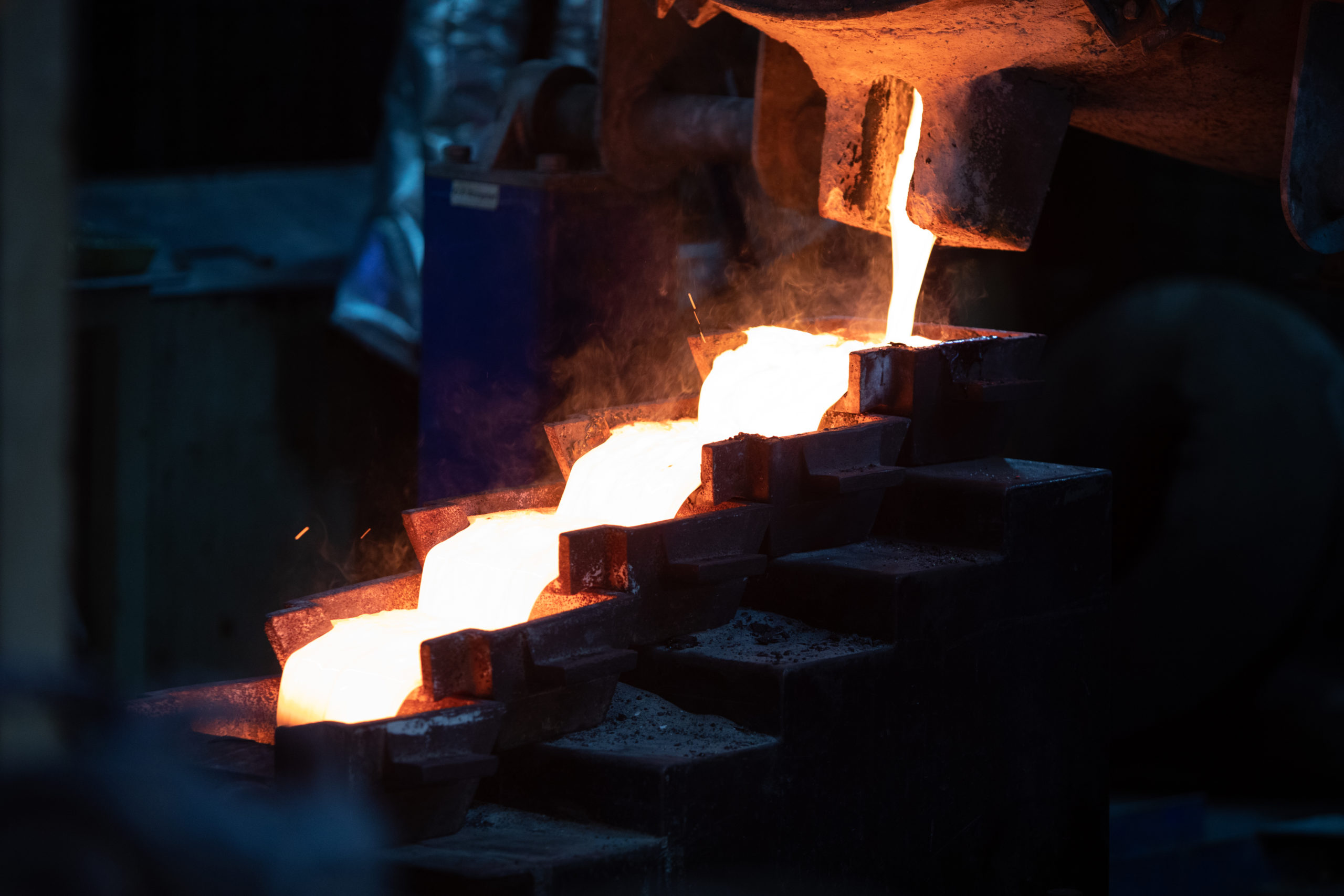How to give new life to lithium-ion anodes

Researchers at Rice University have reimagined a process they developed a while ago, making it useful for extracting battery materials from electronic waste.
The “flash” Joule heating process was initially developed to produce graphene from waste. However, a recent reconfiguration allows it to quickly regenerate graphite anode materials found in lithium-ion batteries, removing impurities so they can be used again and again.
In a paper published in the journal Advanced Materials, the scientists explain that flashing powdered anodes from commercial batteries recycles some of what they called the “staggering” accumulation of waste they currently leave behind. In just a few seconds, a jolt of high energy decomposes inorganic salts including lithium, cobalt, nickel and manganese from an anode. These can be recovered by processing them with dilute hydrochloric acid.
“The production of lithium-ion batteries in 2026 is expected to be five times what it was in 2017, and right now, less than 5% of them are recycled,” head researcher James Tour said in a media statement. “That puts a heavy load on the environment, as these spent batteries are processed and the anodes burned for energy or sent to landfills. We’re claiming our process can recover critical metals and recondition anodes in a far more environmentally and economically friendly manner.”
According to Tour, flashing anodes degrades the solid-electrolyte interphase (SEI), which conducts lithium ions but also insulates the anode from detrimental reactions.
Flashing then coats the remaining graphite particles with an ion-permeable carbon shell that contributes to their future capacity, rate performance and cycling stability compared to materials conventionally recycled in a time-consuming and energy-intensive process known as high-temperature calcination.
The lab estimated it would cost about $118 to recycle one ton of untreated anode waste. They demonstrated that flash-recycled anodes have a recovered specific capacity of 351 milliamp hours per gram at 32 degrees Fahrenheit, superior to the rate performance and electrochemical stability of untreated or calcinated recycled anodes.
The recycled, flashed anodes the researchers tested retained more than 77% of their capacity after 400 recharge cycles.
“Beyond the spent graphite anodes, we are confident that the cathodes, the electrolytes and their mixtures can be effectively recycled or reconditioned by our method,” Weiyin Chen, lead author of the study, said.
More News
{{ commodity.name }}
{{ post.title }}
{{ post.date }}




Comments
BOB HALL
Good news indeed. Research will continue along this line until we can ‘recondition a battery with a short out of service time. I expect to hear news like this on a regular basis in the future.